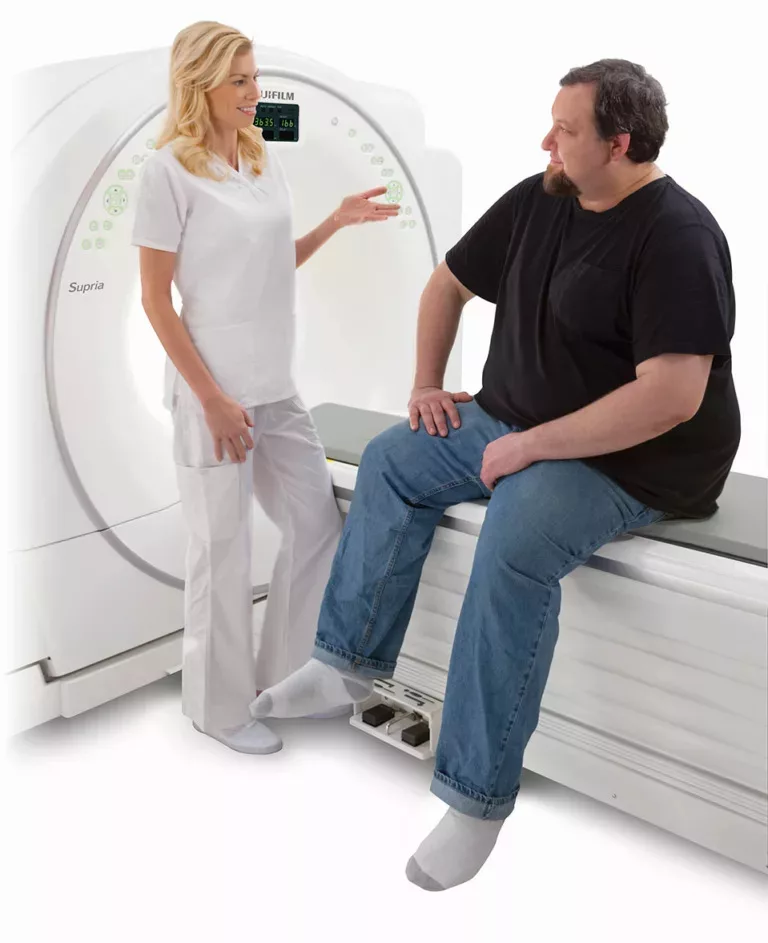
Finding our you’re going to be a parent is one of the most exciting moments of life and getting that first glimpse of your baby on an ultrasound is a close second.
An ultrasound (or sonogram) uses inaudible, high-frequency sound waves that are transmitted through a mother’s abdomen with a device called a transducer, and the echoes are recorded and transformed into images and videos of the baby. An ultrasound is safe to both the mother and the baby, is noninvasive and has no X-rays involved. The most common type of ultrasound is a traditional 2D ultrasound, although 3D and 4D ultrasounds are available depending on where the procedure is done.
Generally, ultrasounds are performed on the surface of the skin using a gel as a medium to help with the image quality. However, an alternative procedure is a transvaginal ultrasound. This is where a tube-shaped probe is inserted into the vaginal canal. This procedure produces greatly enhanced image quality, which can be useful to get a clear view of the uterus or ovaries if a problem is suspected early in a pregnancy.
Most doctors recommend two ultrasounds for a typical pregnancy. The first ultrasound is done around the 12 to 14-week mark to assess the risk of genetic abnormalities. The second ultrasound happens around the 18 to 20-week mark to check the baby’s anatomy and growth. The scan will determine the baby’s growth in the uterus, if the placenta is healthy, the amount of amniotic fluid around the baby, the position of the baby, the baby’s expected weight, the baby’s heartbeat, and the movement of the baby’s body, arms and legs. An ultrasound can be performed earlier in a pregnancy to determine the due date of the baby and if there is more than one fetus.






